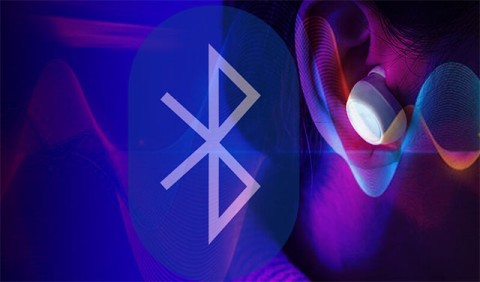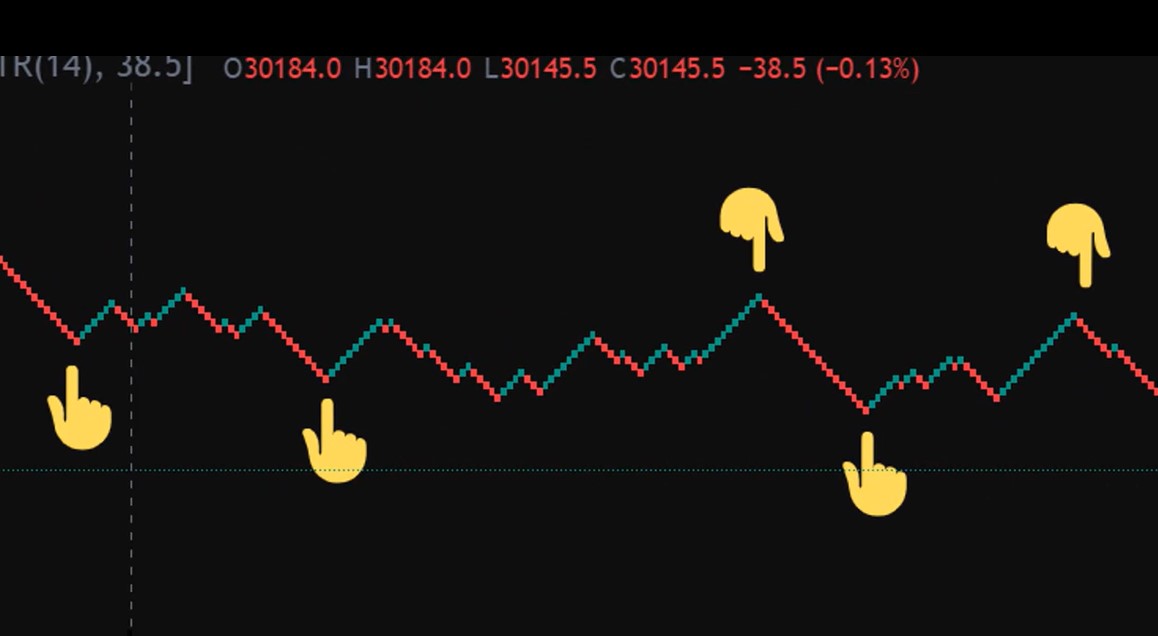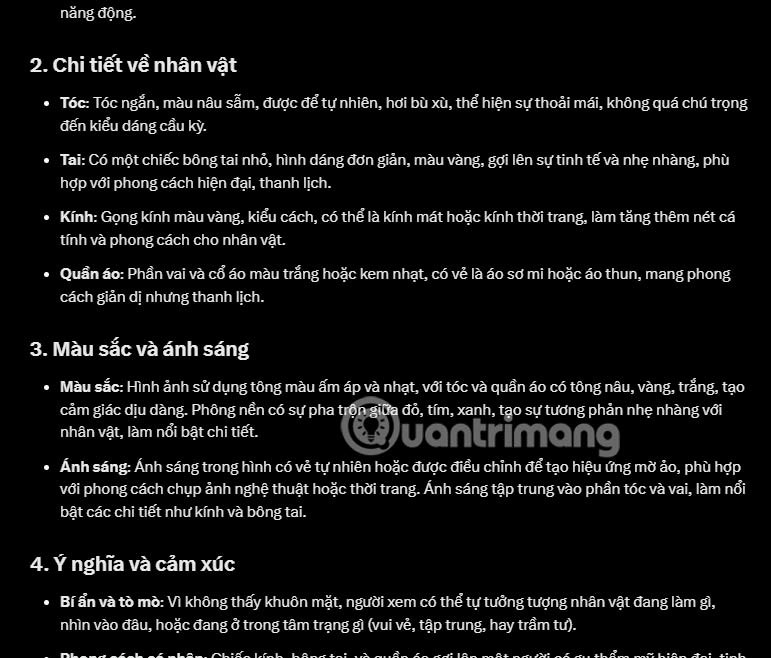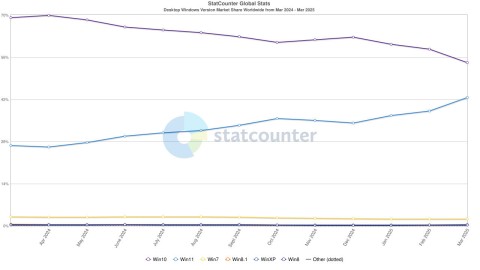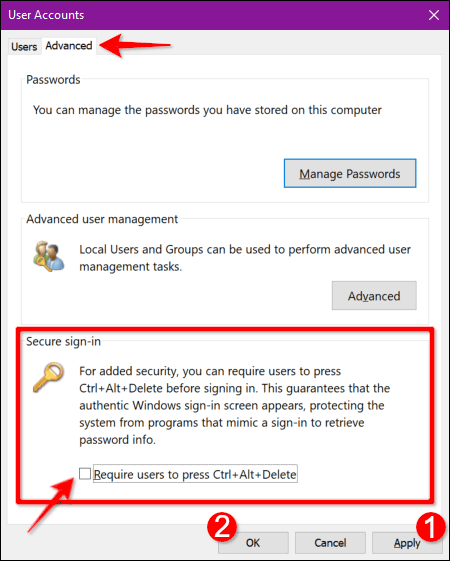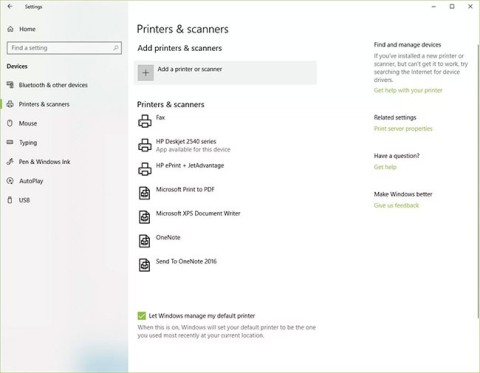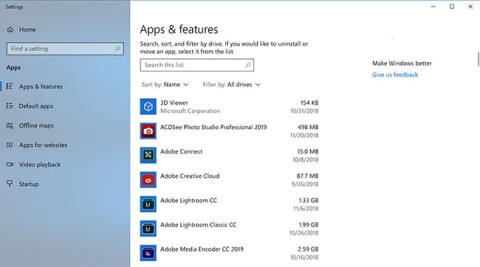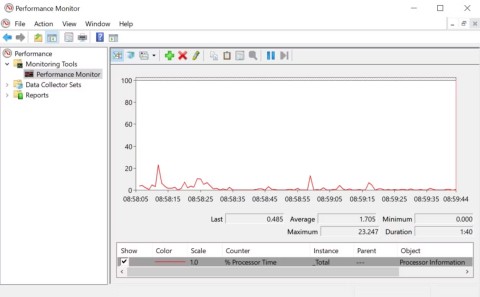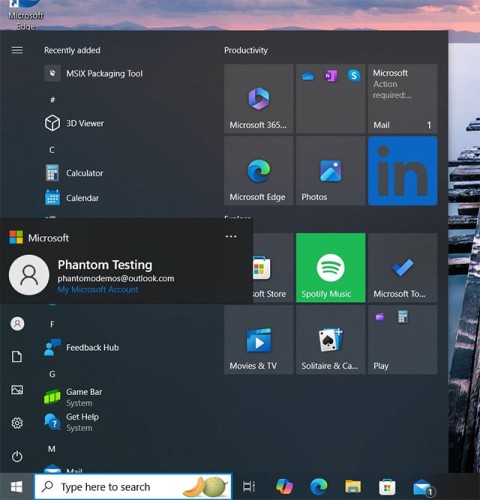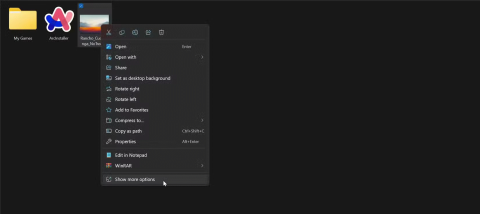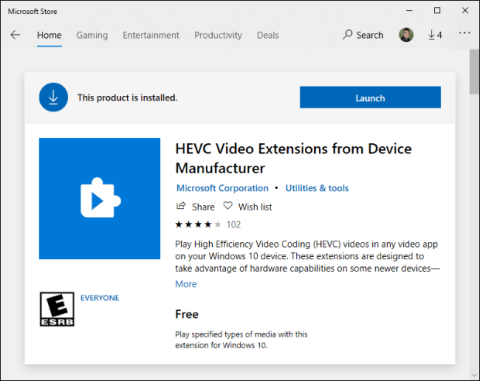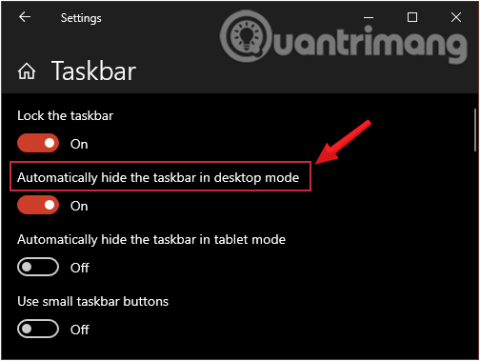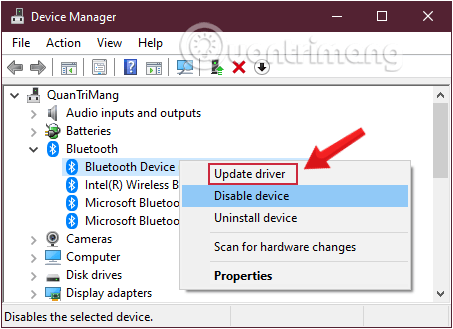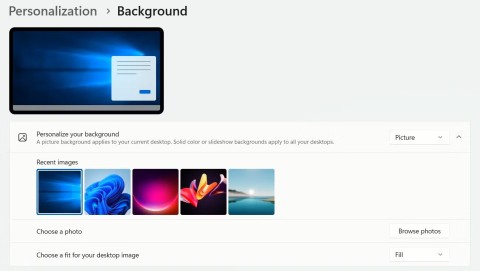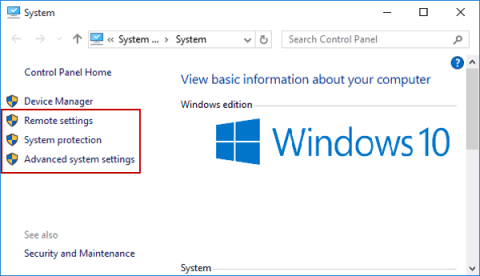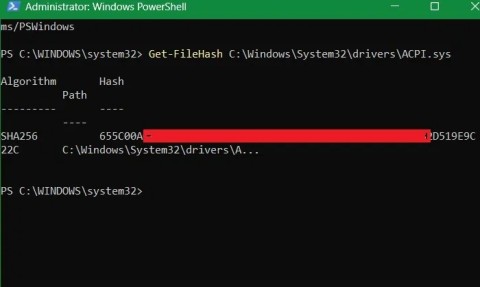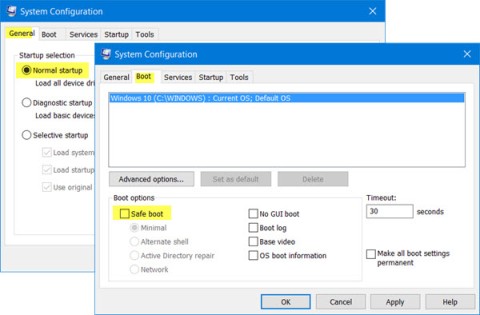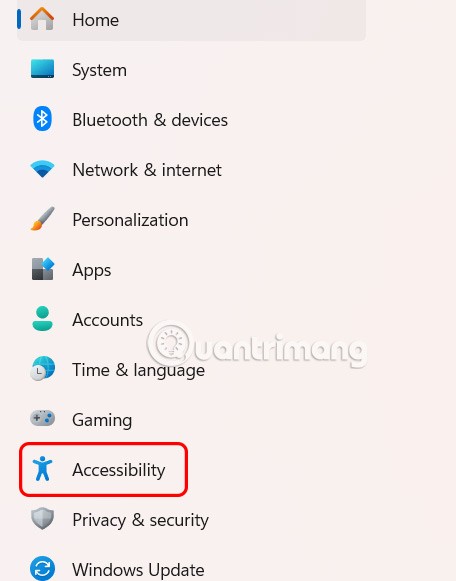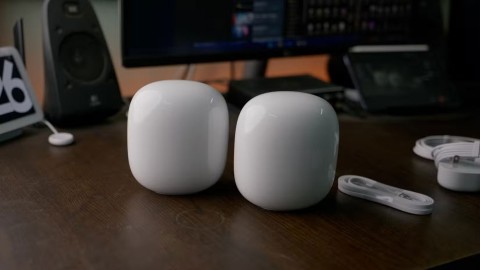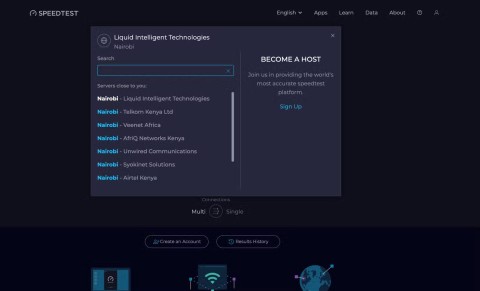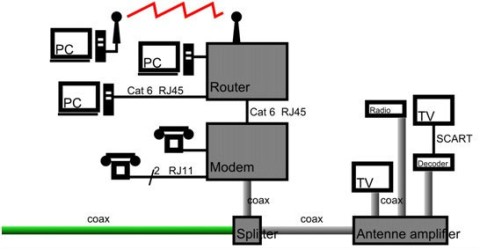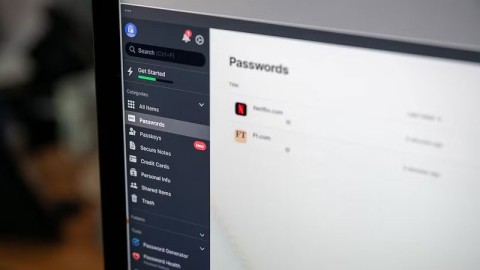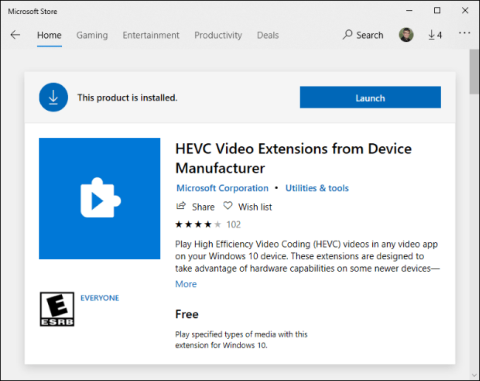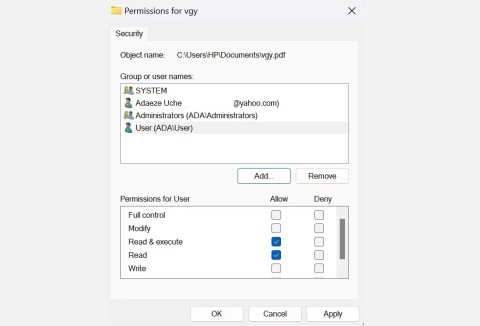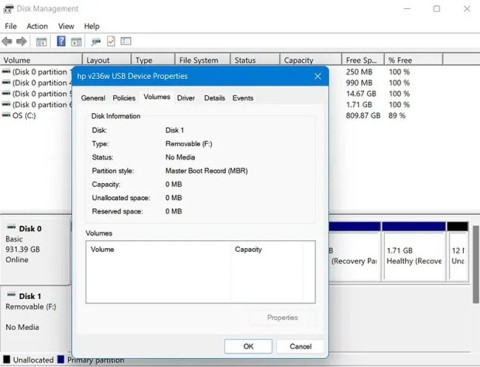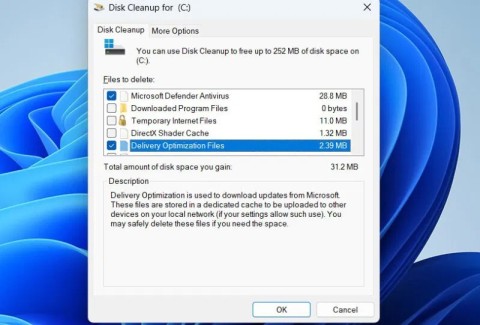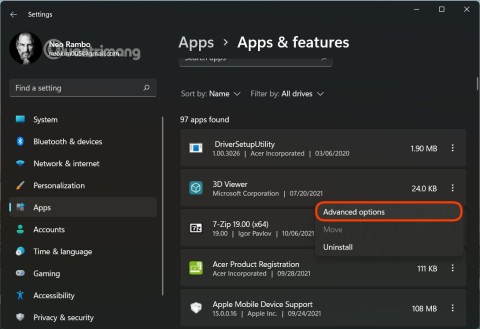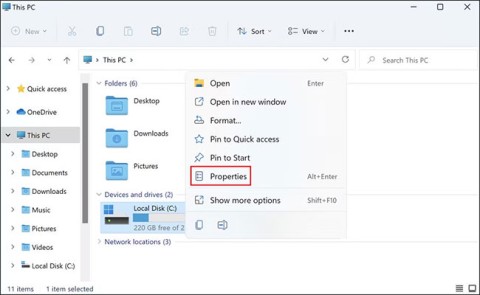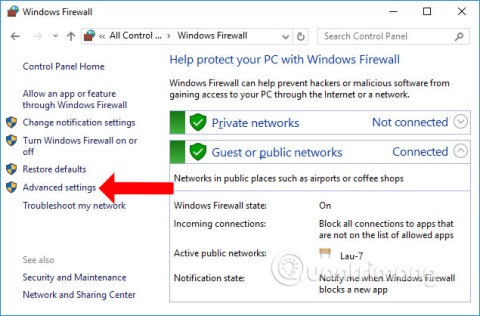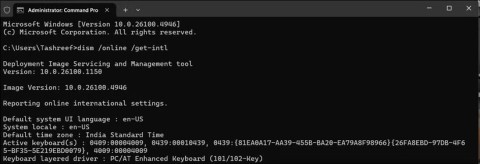We've all had those moments when we wish our computer could run faster. These feelings often come up while your PC is performing a heavy task like editing a video file or performing complex calculations in an Excel spreadsheet.
However, before you buy a new PC, you should try Windows 10's Ultimate Performance mode. You may not know it, but there is a mode or power plan on your workstation or PC that is designed to increase the power of the system. Let's see how to enable this Ultimate Performance mode through the following article!
Table of Contents
What is Ultimate Performance?
Ultimate Performance is a feature designed to give high-powered systems (like workstations and servers) an extra boost by optimizing the High-Performance power plan. It aims to reduce or completely eliminate any micro-latencies, combined with fine-grained power management techniques. In reality, micro-latencies are just small delays between when your operating system recognizes that a particular piece of hardware needs more power and when that hardware reaches its full potential.

Ultimate Performance will test your hardware systems to see if they need a boost, and will give the hardware the power it needs to produce the performance it needs. Additionally, when you enable Ultimate Performance, all power-saving features are disabled to optimize performance. That’s why if your computer is running on battery power, it won’t be offered this option by default, simply because Ultimate Performance can consume more power and drain your battery very quickly.
Many people think that this feature will be a great tool to support gaming computer systems , this is true but not entirely.
- 5 customizations on Windows 10 to help play games "smoother"
Ultimate Performance will improve speed for systems where the hardware is constantly switching between idle and active states (for example, when you run light tasks, some parts of the system are disabled to save power). But when you're running a game (heavy tasks), all the hardware in the system has to work together to handle the game's demands. The reason why Ultimate Performance can support gaming systems is true, but not entirely because in reality, this feature can only help increase a few frames per second when you play games.
However, if you are running video editing or 3D design software , and are taking on heavier tasks than usual, you may see a noticeable improvement in system performance after enabling Ultimate Performance.
One thing you need to be aware of is that enabling this feature will increase the amount of power your system consumes, so if you plan on using Ultimate Performance on your laptop , make sure the device is plugged into a power source and not running on battery.
How to Enable Ultimate Performance on Windows 10
First, press Windows + I key combination to open the Settings app and then click on the System category .
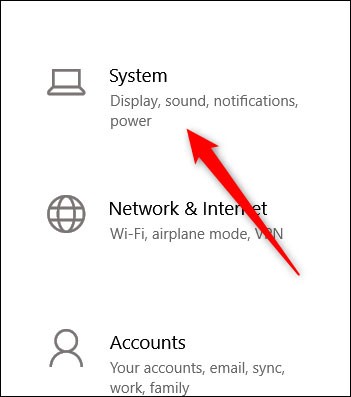
On the System page, click the Power & Sleep tab on the left. On the right, click the link that says " Additional Power Settings" in the Related Settings section .

In the pop-up window that follows, click Show Additional Plans and then click the Ultimate Performance option .

If you are using a laptop, the Ultimate Performance option may not appear in this section.
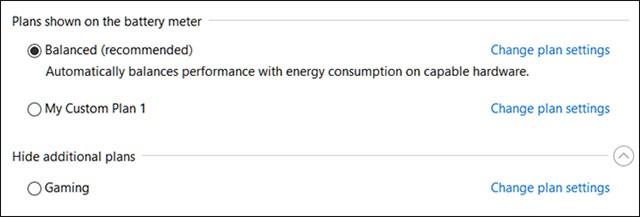
How to enable Ultimate Performance on Windows 11
Of course, Windows 11 also has Ultimate Performance mode like Windows 10. However, the way to enable this super performance mode on Windows 11 will be a bit different from Windows 10.
You do the following steps:
Step 1 : Run Command Prompt or PowerShell in Administrator mode .
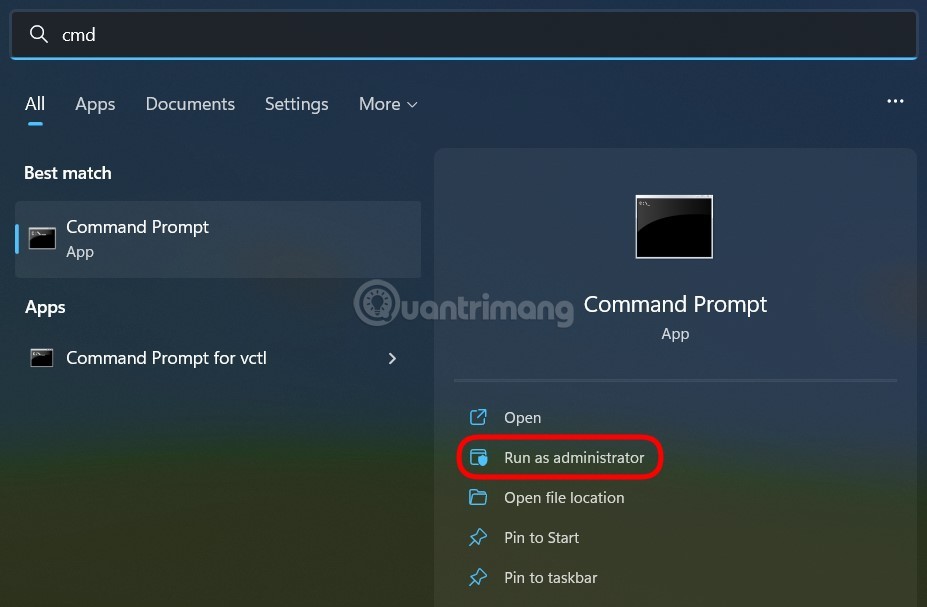
Step 2 : Copy and paste the command below into the Command Prompt or PowerShell window and press Enter:
powercfg -duplicatescheme e9a42b02-d5df-448d-aa00-03f14749eb61
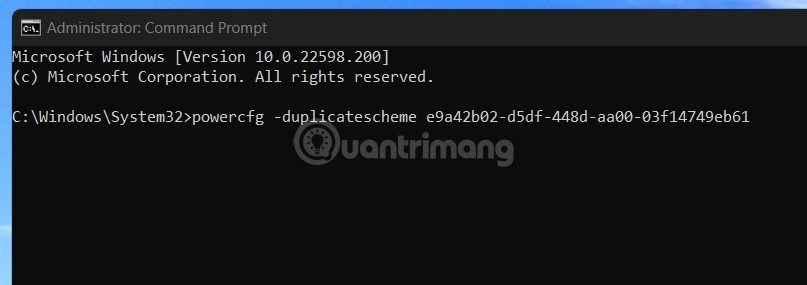
Step 3 : If you see a message like this, the installation process was successful.

Step 4 : Open the Windows Start Menu then type Choose a power plan and select to open the power plan customization tool.
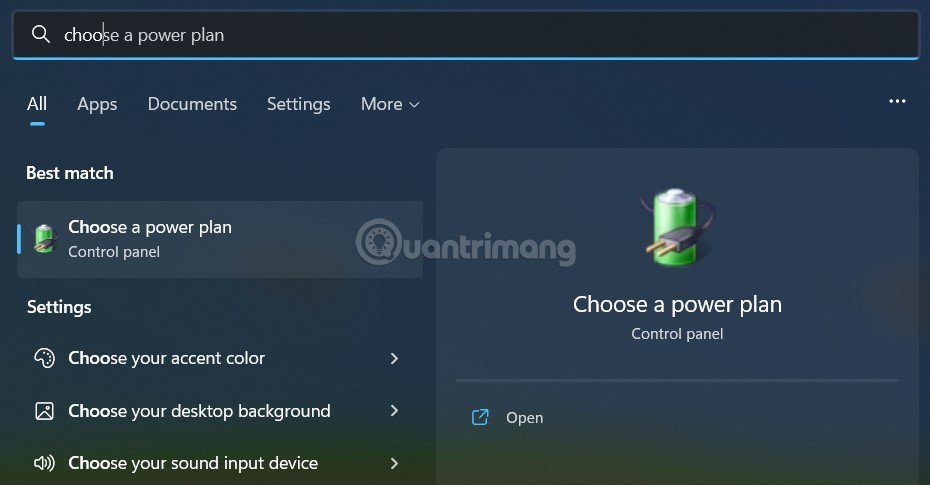
Step 5 : In the Power Options window , click to select Ultimate Performance mode . If you don't see this mode, click Show additional plans.
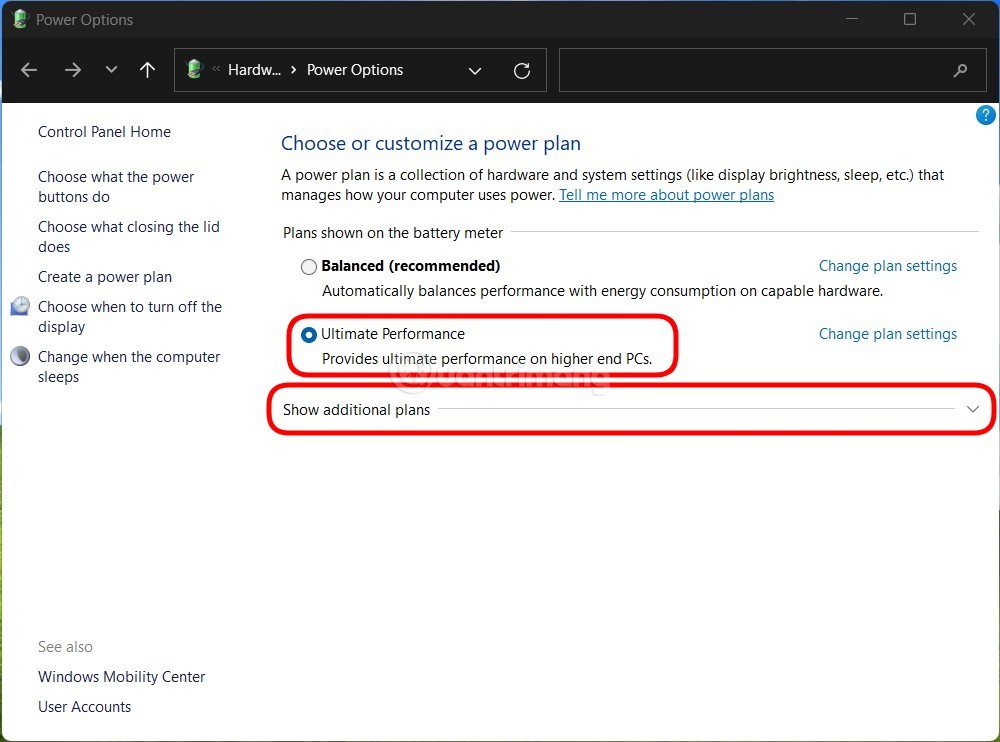
Step 6 : Click to select Ultimate Performance mode.
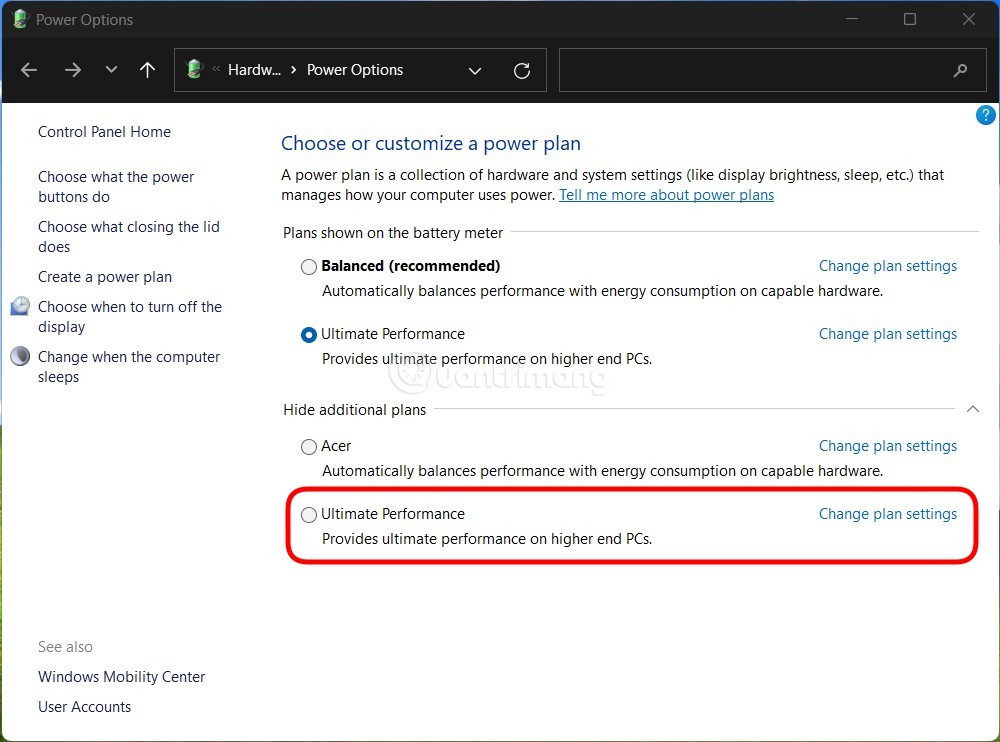
So you have installed super performance mode for your Windows 11 computer.
What to do if you don't see Ultimate Performance?
On some systems (mostly laptops, but also some desktops), you won’t find the Ultimate Performance option in your Settings app. If so, you can add it with a quick command in Command Prompt or PowerShell . The command is the same for both shells, so use whichever one you prefer.
To run this command, You will have to open Command Prompt or PowerShell with administrator privileges.
For Command Prompt, click Start, type “ cmd ” in the search box, right-click the Command Prompt result and select Run As Administrator .
For PowerShell, press Windows + X and select the Windows PowerShell (Admin) option .
At the Command Prompt, type (or copy and paste) the following command and then press Enter:
powercfg -duplicatescheme e9a42b02-d5df-448d-aa00-03f14749eb61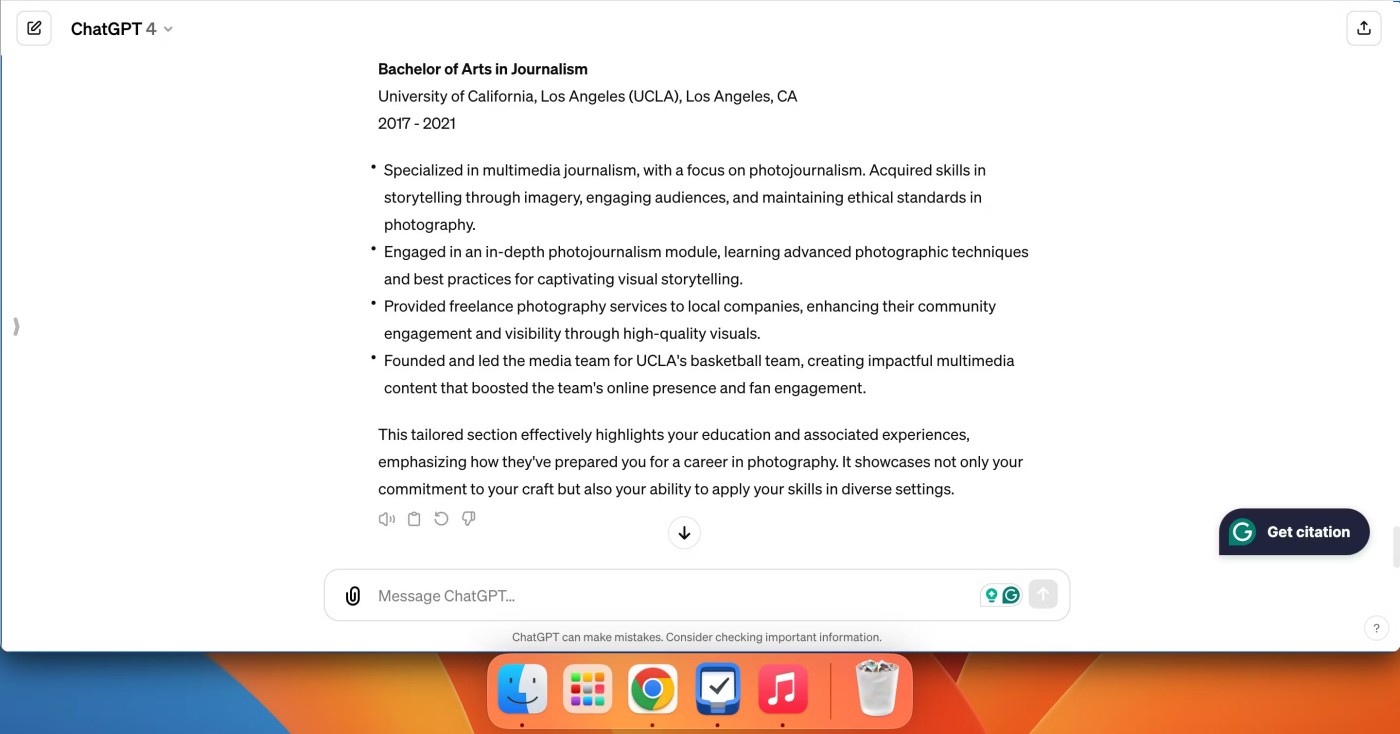
If you have the Power Options window open, you may have to close it and reopen it before Ultimate Performance appears.
If you don't want to see Ultimate Performance anymore, you may have removed it from the Settings app. First, if you're using Ultimate Performance, switch to a different option. If you try to remove it while you're using it, you risk getting errors.
Next, click on the link that says “ Change Plan Settings ” on the right and then click Delete This Plan.
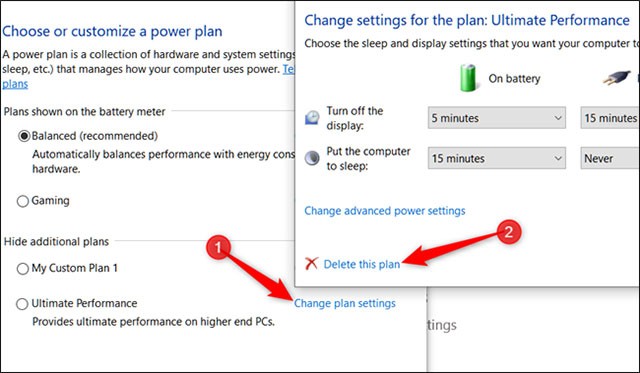
In short, Ultimate Performance is only really useful in certain situations, but overall the difference is quite noticeable.
How does Ultimate Performance work?
Ultimate Performance does its job by preventing PC hardware from going into an idle state. In other power plans, your computer will temporarily turn off any unnecessary hardware when it's idle.
Ultimate Performance prevents any hardware from going to sleep. To achieve that, this power plan sets some default options for the hardware to keep everything running at its maximum:
- The hard drive idle setting is set to 0 minutes. This means that the hard drive will never go into an idle state.
- Java timer frequency set to Maximum Performance
- Power Saving mode in Wireless Adapter Settings is set to Maximum Performance.
- The computer will never go into hibernation.
- Processor power management is set to 100%.
- The computer screen will turn off after 15 minutes.
- When playing video, Windows focuses on maximum image quality.
Is Ultimate Performance right for you?
It might sound great to get all this performance boost without paying a dime, but in reality, the Ultimate Performance power plan isn't for everyone.
For example, if you use your computer for everyday tasks, such as browsing the web, editing PowerPoint presentations, responding to emails, or watching videos, the recommended Balanced power plan will work just fine. Using Ultimate Performance for these tasks won't give you any obvious benefits; it'll just waste power.
However, there may be times when achieving a balance between power and energy consumption is not your goal. You want to get the maximum power and performance from your system.
For example, you may use your PC to render a 3D modeling project. You may also like to edit videos, which requires a lot of processing power to create and render. Or you need to perform read/write tasks that can be completed faster with a lot of processing power. That's when you should consider switching to Ultimate Performance.
Also keep in mind that since this power scheme works by reducing micro-latencies, it can have a direct impact on the hardware and obviously consume more power. Power saving features are disabled so this plan is not enabled on battery-powered systems, so if you want to try this power plan on a laptop, make sure it is always plugged in.
Also, don't think that this power plan will boost your gaming sessions, as you may not notice a significant performance increase. That's because most games usually ignore power plans to improve performance.
See also:
